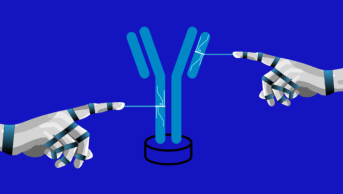
Huang et al., Science Translational Medicine (2015)
Mouse models of Alzheimer’s disease (AD) are valuable research tools, but no one model fully represents the condition in patients, meaning researchers cannot always be sure of the clinical relevance of their findings.
To overcome this, researchers from KU Leuven, Belgium, used four different mouse models to study the effects of GPR3, a receptor implicated in AD pathology. They showed that deletion of the receptor gene alleviated AD-related pathological changes and cognitive deficits across the models, strongly suggesting that GPR3 mediates disease progression. In addition, post-mortem examination in humans found elevated GPR3 levels in the brains of people with AD.
Reporting in Science Translational Medicine (online, 14 October 2015)[1]
, the researchers say the findings indicate that the GPR3 receptor is a potential target for drug development and that using multiple disease models could help to convince pharmaceutical companies to pursue it.
References
[1] Huang Y, Skwarek-Maruszewska A, Horre K et al. Loss of GPR3 reduces the amyloid plaque burden and improves memory in Alzheimer’s disease mouse model. Science Translational Medicine 2015;7:309ra164. doi:10.1126/scitranslmed.aab3492

